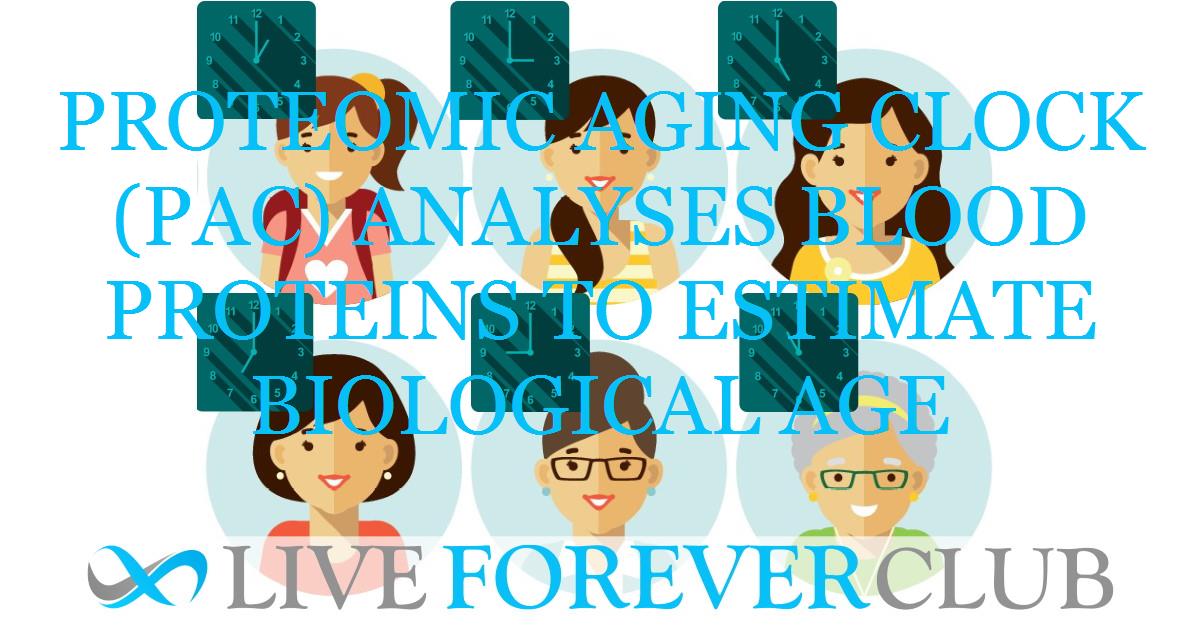Ageing, a universal and complex process, has been a subject of extensive research. Scientists have been keen to understand the nuances of ageing to predict age-related diseases and improve the quality of life. A recent study introduces the Proteomic Aging Clock (PAC), a novel tool that uses protein levels in the blood to predict all-cause mortality risk, providing a new perspective on biological ageing.
Research Details and Results
The study focused on proteins in the blood, which are crucial for various bodily functions. Proteins can indicate changes in the body, including ageing.
The team analysed blood samples from over 53,000 individuals, primarily middle-aged and older adults, from the UK Biobank. This large sample size gave them a comprehensive view of how proteins change with age.
They specifically looked at 2,923 proteins in the plasma, the liquid part of blood. Plasma is a treasure trove of biological markers that can reveal a lot about a person’s health and ageing process.
Using advanced statistical methods, they developed the Proteomic Aging Clock (PAC). This clock isn’t a physical clock but a mathematical model that uses protein levels to estimate a person's biological age – how old their body seems based on various biomarkers, as opposed to their chronological age (actual age in years).
The PAC showed a remarkable correlation (0.76) with chronological age, indicating its accuracy in reflecting the ageing process. A correlation close to 1 means a very strong relationship, so 0.76 is considered high, especially in biological studies.
Importantly, during a follow-up period of 13.3 years, the PAC was able to predict all-cause mortality, meaning the likelihood of dying from any cause. It also predicted the onset of 18 different diseases more effectively than traditional ageing measures. This aspect is crucial as it suggests that the PAC can be a powerful tool for early disease detection and prevention.
The proteins linked with the PAC were found to be involved in essential ageing processes, such as immune system functions and cellular stress responses. This finding is significant because it provides insight into the biological mechanisms of ageing and potential targets for anti-ageing therapies.
Implications of the Findings
The PAC is not just a tool for measuring biological age but a gateway to understanding and potentially manipulating the ageing process for better health outcomes.
Personalised Medicine: The PAC offers a more accurate assessment of biological ageing, which can help in tailoring healthcare and treatments to individual needs. It could lead to early detection of age-related diseases, allowing for interventions before these conditions become severe.
Predictive Tool for Age-Related Diseases: The ability of the PAC to predict mortality and the onset of various diseases highlights its potential as a powerful predictive tool. This could revolutionise the way we approach age-related healthcare, focusing on prevention rather than just treatment.
Understanding Biological Ageing: The study's findings give insights into the biological processes of ageing, particularly the role of proteins. This knowledge can drive future research into how we age and ways to potentially slow down the process.
Development of Gerotherapeutics: By identifying proteins linked to ageing, the PAC opens avenues for developing new therapies targeting these proteins to treat or prevent age-related conditions.
Public Health Strategies: On a larger scale, the PAC can influence public health strategies by identifying populations at higher risk of certain diseases, leading to more effective allocation of health resources.
Conclusion
PAC is a crucial concept in the field of gerontology, the study of ageing. It's a scientific tool designed to measure biological age more accurately than just counting years. Biological age refers to how old someone seems based on various health markers, rather than their chronological age (the actual number of years they've lived). The PAC uses levels of proteins found in blood plasma, as proteins play vital roles in the body's functions and can indicate changes associated with ageing.
Developed by analysing blood samples from a large group of middle-aged and older adults, the PAC relies on a comprehensive study of thousands of proteins. It’s a significant step forward because it provides a more nuanced and precise understanding of the ageing process. By linking specific proteins to ageing, the PAC can predict the likelihood of age-related diseases and mortality.
This innovative approach can potentially transform how we view and treat ageing, offering insights for personalised medicine, early disease detection, and the development of new anti-ageing therapies. The PAC represents a leap forward in our ability to understand and potentially manage the complex process of ageing.
Acknowledgements
This research was conducted at the University of Connecticut and the University of Exeter. Their work, pioneering in precision gerontology, was published in the journal medRxiv.







